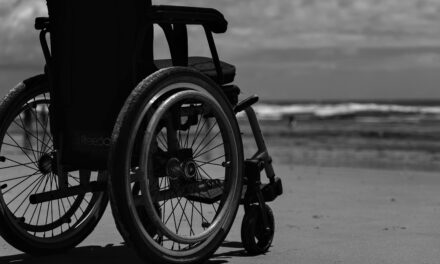
Emergency Preparedness Disabilities

Emergency Preparedness and Employees with Disabilities: Ensuring Safety and Accessibility
Emergency preparedness must consider the safety and accessibility needs of all employees, especially those with disabilities. This guide outlines essential steps to ensure everyone’s safety during emergencies.
Understanding Specific Needs
Identifying the specific needs of employees with disabilities is the first step in effective emergency preparedness.
Conduct Individual Assessments
Conduct individual assessments to understand the unique needs of employees with disabilities. This includes mobility, communication, and medical needs.
Gather Input from Employees
Engage employees in discussions about their specific requirements. Their input is invaluable in developing an effective plan.
Developing an Inclusive Plan
An inclusive emergency plan should address the needs identified during assessments.
Accessible Evacuation Routes
Ensure evacuation routes are accessible. This includes ramps, wide doorways, and clear signage.
Emergency Equipment
Provide necessary emergency equipment such as evacuation chairs and visual or auditory alarms.
Communication Strategies
Develop communication strategies that cater to all employees. Use multiple channels like text, email, and audible alarms.
Training and Drills
Regular training and drills ensure everyone knows their roles and responsibilities during an emergency.
Regular Training Sessions
Conduct regular training sessions for all employees. Include specific instructions for assisting colleagues with disabilities.
Inclusive Drills
Perform inclusive drills that consider the needs of employees with disabilities. This helps identify any gaps in the plan.
Creating a Support Network
A support network ensures employees with disabilities have assistance during emergencies.
Buddy System
Implement a buddy system. Pair employees with disabilities with colleagues who can assist during emergencies.
Emergency Response Team
Establish an emergency response team trained in assisting employees with disabilities. Ensure they understand the specific needs identified.
Review and Update the Plan
Regularly review and update the emergency preparedness plan. Ensure it remains effective and inclusive.
Feedback and Improvement
Gather feedback from employees after drills and actual emergencies. Use this information to improve the plan.
Policy Updates
Stay updated on best practices and legal requirements. Incorporate any changes into the plan promptly.
Conclusion
Effective emergency preparedness considers the safety and accessibility needs of all employees, particularly those with disabilities. By following these guidelines, employers can ensure a safer, more inclusive workplace.








